
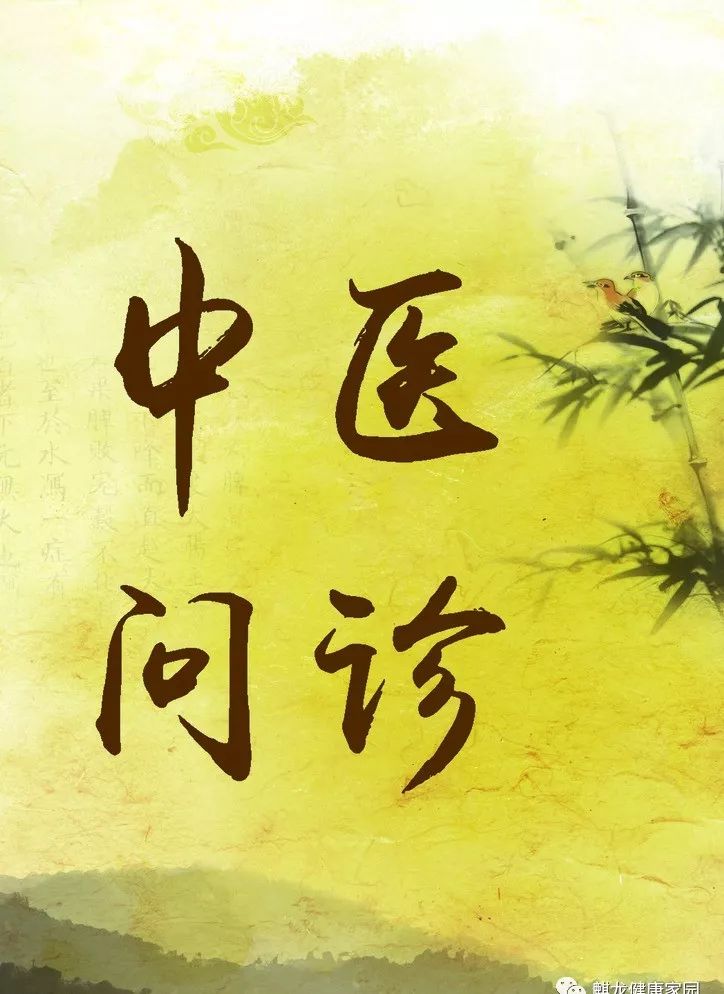
Inquiry is a method used by practitioners to understand the occurrence, development, treatment history, current symptoms, and other disease-related information through questioning the patient or their companions.The purpose of inquiry is to collect information closely related to pattern differentiation that cannot be obtained through the other three examinations, such as the time, place, causes or triggers of the disease, treatment history, subjective symptoms, and past health conditions. This information is often crucial evidence in pattern differentiation, and understanding these aspects aids in making accurate judgments about the disease’s etiology, location, and nature.General Inquiry ItemsInclude name, gender, age, ethnicity, occupation, marital status, place of origin, current unit, current address, etc.Inquiring and recording general items can strengthen the doctor-patient relationship, follow up with patients, and ensure responsibility for patient treatment. It can also serve as a reference for diagnosing diseases.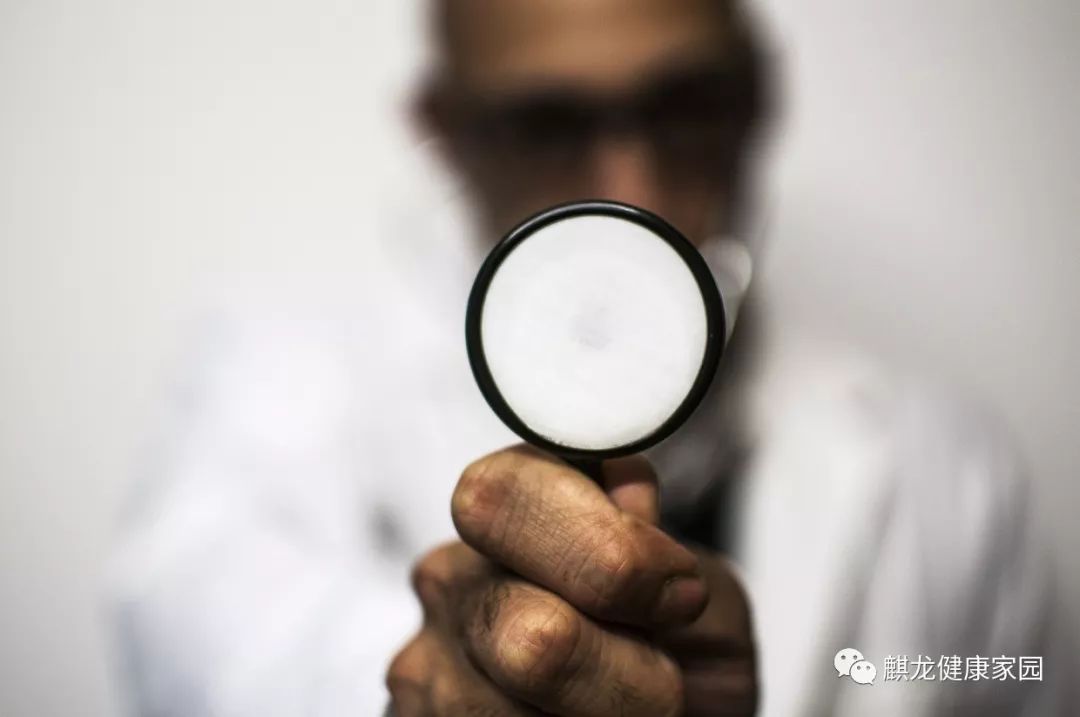 Different genders may present different diseases; men may experience conditions such as premature ejaculation, erectile dysfunction, etc.; women may have issues related to menstruation, discharge, pregnancy, and childbirth. Different ages also correlate with different diseases; for example, diseases like measles, chickenpox, and whooping cough are more common in children. The same disease may present differently based on age, with younger individuals often having more excess patterns and older individuals more deficiency patterns. Inquiring about occupation can help identify certain disease causes, such as those working in water may be prone to dampness, and it can also reveal occupational diseases like lead poisoning or silicosis. Inquiring about marital status can help understand potential pregnancy-related issues in women and male reproductive health in men. Inquiring about place of origin and residence can provide insights into endemic diseases. All of these are important reference materials for diagnosis and treatment.
Different genders may present different diseases; men may experience conditions such as premature ejaculation, erectile dysfunction, etc.; women may have issues related to menstruation, discharge, pregnancy, and childbirth. Different ages also correlate with different diseases; for example, diseases like measles, chickenpox, and whooping cough are more common in children. The same disease may present differently based on age, with younger individuals often having more excess patterns and older individuals more deficiency patterns. Inquiring about occupation can help identify certain disease causes, such as those working in water may be prone to dampness, and it can also reveal occupational diseases like lead poisoning or silicosis. Inquiring about marital status can help understand potential pregnancy-related issues in women and male reproductive health in men. Inquiring about place of origin and residence can provide insights into endemic diseases. All of these are important reference materials for diagnosis and treatment.
Main Complaint and Medical History
1. Main ComplaintThe main complaint is the primary symptom that the patient expresses as the most significant or painful, along with its duration. It is usually the main reason for the patient’s visit and represents the primary conflict of the disease.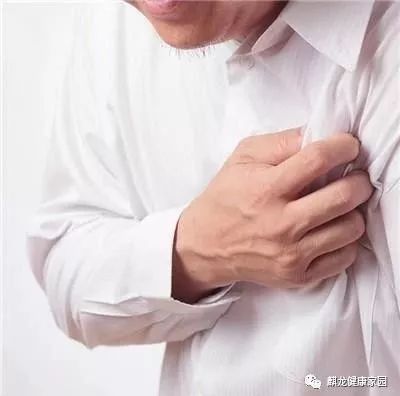 2. Current Medical HistoryThe current medical history includes the evolution of the disease (the disease described in the main complaint) from onset to the time of consultation, including all subjective symptoms at the time of consultation.3. Past, Lifestyle, and Family History① Past History:Includes previous health status and any major diseases previously suffered (excluding the disease mentioned in the main complaint).② Lifestyle History:Includes the patient’s habits, experiences, dietary preferences, work-life balance, and work situation.③ Family Medical History:Refers to the health conditions of the patient’s direct relatives or close blood relatives, including any infectious or hereditary diseases.
2. Current Medical HistoryThe current medical history includes the evolution of the disease (the disease described in the main complaint) from onset to the time of consultation, including all subjective symptoms at the time of consultation.3. Past, Lifestyle, and Family History① Past History:Includes previous health status and any major diseases previously suffered (excluding the disease mentioned in the main complaint).② Lifestyle History:Includes the patient’s habits, experiences, dietary preferences, work-life balance, and work situation.③ Family Medical History:Refers to the health conditions of the patient’s direct relatives or close blood relatives, including any infectious or hereditary diseases.
Current Symptoms
Inquiring about current symptoms refers to asking the patient about all symptoms present at the time of consultation.To ensure comprehensive and accurate inquiry without omissions, it generally follows the order of Zhang Jingyue’s “Ten Questions Song”: “First ask about cold and heat, then about sweating; third ask about head and body, fourth about urination; fifth ask about diet, sixth about the chest; seventh about hearing, eighth about thirst, all should be differentiated; ninth ask about old diseases, tenth about causes, and also consider medication changes; for women, especially ask about menstrual periods, delays, and irregularities; add a few words for pediatrics, smallpox and measles are all included.”1. Ask about Cold and HeatAsking about cold and heat refers to inquiring whether the patient feels cold or hot.① Cold without Heat:In general, if the patient only feels cold without any sensation of heat, it is termed cold without heat. Depending on the characteristics of the cold sensation, it can be clinically referred to as aversion to wind, aversion to cold, chills, or fear of cold.② Heat without Cold:If the patient only feels hot without any sensation of cold, it is termed heat without cold. This can be seen in internal heat patterns, and depending on the severity, duration, and changes, it can be classified as high fever, tidal fever, or mild fever.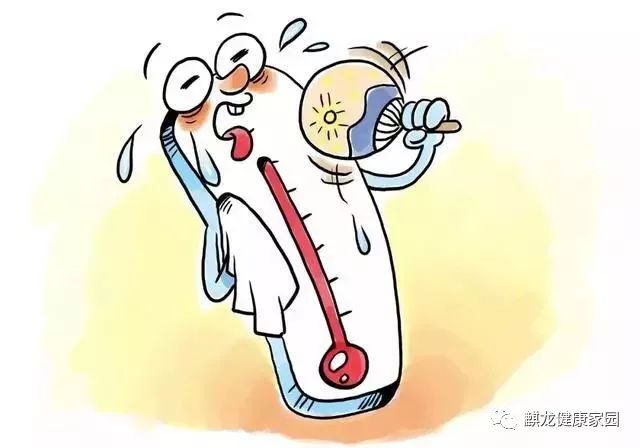 ③ Chills and Fever:When the sensations of cold and heat coexist, it is termed chills and fever. This is one of the main symptoms of external pathogenic invasion.④ Alternating Cold and Heat:When the patient experiences alternating sensations of cold and heat, feeling cold at one time and hot at another, it is termed alternating cold and heat.2. Ask about Sweating① No Sweating:Absence of sweating can be seen in both external and internal injuries, whether in new or chronic diseases.② Sweating:Pathological sweating can occur in various situations. Abnormal sweating can arise from insufficient defensive qi, internal heat accumulation, or imbalance of yin and yang, leading to different types of sweating, including head sweating, half-body sweating, and sweating of hands and feet.
③ Chills and Fever:When the sensations of cold and heat coexist, it is termed chills and fever. This is one of the main symptoms of external pathogenic invasion.④ Alternating Cold and Heat:When the patient experiences alternating sensations of cold and heat, feeling cold at one time and hot at another, it is termed alternating cold and heat.2. Ask about Sweating① No Sweating:Absence of sweating can be seen in both external and internal injuries, whether in new or chronic diseases.② Sweating:Pathological sweating can occur in various situations. Abnormal sweating can arise from insufficient defensive qi, internal heat accumulation, or imbalance of yin and yang, leading to different types of sweating, including head sweating, half-body sweating, and sweating of hands and feet. 3. Ask about the Whole BodyAsking about the whole body refers to inquiring whether the patient has any pain or discomfort throughout the body.① Ask about Pain:Pain is a common subjective symptom seen in various medical fields.② Ask about Other Discomforts:This refers to inquiring about other symptoms in various body parts, such as the head, chest, abdomen, etc., aside from pain. Common other discomforts include dizziness, blurred vision, dry eyes, reduced vision, tinnitus, hearing loss, chest tightness, palpitations, abdominal distension, numbness, etc.4. Ask about Diet and Taste① Ask about Thirst and Drinking:This can help understand the patient’s fluid levels and distribution, as well as the cold-heat and deficiency-excess nature of the disease.② Ask about Appetite and Food Intake:This can help assess the strength of the patient’s spleen and stomach function, the severity of the disease, and prognosis.
3. Ask about the Whole BodyAsking about the whole body refers to inquiring whether the patient has any pain or discomfort throughout the body.① Ask about Pain:Pain is a common subjective symptom seen in various medical fields.② Ask about Other Discomforts:This refers to inquiring about other symptoms in various body parts, such as the head, chest, abdomen, etc., aside from pain. Common other discomforts include dizziness, blurred vision, dry eyes, reduced vision, tinnitus, hearing loss, chest tightness, palpitations, abdominal distension, numbness, etc.4. Ask about Diet and Taste① Ask about Thirst and Drinking:This can help understand the patient’s fluid levels and distribution, as well as the cold-heat and deficiency-excess nature of the disease.② Ask about Appetite and Food Intake:This can help assess the strength of the patient’s spleen and stomach function, the severity of the disease, and prognosis. ③ Ask about Taste:This refers to any abnormal taste sensations experienced by the patient.5. Ask about Urination and DefecationInquiring about urination and defecation involves asking about the characteristics, color, odor, quantity, timing, and sensations associated with the patient’s urination and defecation.6. Ask about SleepSleep is related to the circulation of the body’s defensive qi and the balance of yin and yang.① Insomnia:Insomnia, also known as “sleeplessness,” refers to difficulty falling asleep, waking easily, or not sleeping soundly, and can even lead to staying awake all night.
③ Ask about Taste:This refers to any abnormal taste sensations experienced by the patient.5. Ask about Urination and DefecationInquiring about urination and defecation involves asking about the characteristics, color, odor, quantity, timing, and sensations associated with the patient’s urination and defecation.6. Ask about SleepSleep is related to the circulation of the body’s defensive qi and the balance of yin and yang.① Insomnia:Insomnia, also known as “sleeplessness,” refers to difficulty falling asleep, waking easily, or not sleeping soundly, and can even lead to staying awake all night.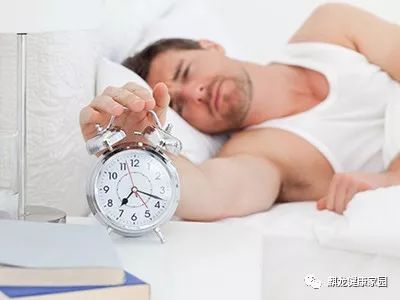 ② Hypersomnia:Hypersomnia, also known as “excessive sleepiness,” refers to a state of fatigue and drowsiness, where the patient often falls asleep involuntarily.7. Ask about Menstruation and DischargeWomen have physiological characteristics related to menstruation, discharge, pregnancy, and childbirth, which can often lead to pathological changes in these areas when diseases occur.8. Ask about ChildrenPediatrics, historically known as “mute medicine,” presents challenges in inquiry and may not always yield accurate information. When inquiring about children, if they cannot articulate, relatives should be consulted. In addition to general inquiry content, it is important to ask about prenatal and postnatal conditions, feeding practices, growth and development, vaccination history, and any history of infectious diseases or exposure to them.
② Hypersomnia:Hypersomnia, also known as “excessive sleepiness,” refers to a state of fatigue and drowsiness, where the patient often falls asleep involuntarily.7. Ask about Menstruation and DischargeWomen have physiological characteristics related to menstruation, discharge, pregnancy, and childbirth, which can often lead to pathological changes in these areas when diseases occur.8. Ask about ChildrenPediatrics, historically known as “mute medicine,” presents challenges in inquiry and may not always yield accurate information. When inquiring about children, if they cannot articulate, relatives should be consulted. In addition to general inquiry content, it is important to ask about prenatal and postnatal conditions, feeding practices, growth and development, vaccination history, and any history of infectious diseases or exposure to them.
(All images and texts are sourced from the internet)
(Note: The content regarding diagnosis and treatment methods is provided for readers to understand TCM theoretical knowledge. Treatment methods are complex and variable; self-diagnosis and treatment are not recommended. If you have similar symptoms, please seek help from a professional doctor.)
Recommended Reading: The Golden Dragon Belt is grandly launched.

